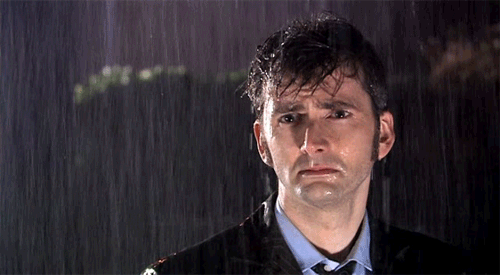A NUCLEAR REACTOR MELTDOWN IS MANKIND’S WORST SCI-FI NIGHTMARE, AND NASA SAYS IT’S NOT NEARLY AS LETHAL AS THE COAL WE BURN EVERY DAY.
If you’ve seen the most recent photos from Fukushima, the prefecture containing Japan’s devastated nuclear plant, you’ll get a taste of how bad things are. It’s a radioactive ghost town. And what you don’t see in the dusty-surreal Google Street View is the heroics of the plant engineers who stayed long past safe radioactive limits were breached to best contain the disaster.
The thoughts make my stomach clench, but that guttural response to nuclear disaster is a bit naive in the grand scheme of things. Because according to new research by NASA’s Goddard Institute of Space Studies, while nuclear meltdowns are horrifying, coal pollution is a far worse (silent) killer. Some 1.84 million more people would be dead without the last 38 years of nuclear power. From Co.Exist:
[NASA’s] Pushker Kharecha and James Hansen estimate that 4,900 people died as a result of nuclear power between 1971 and 2009, mostly from workplace accidents and radiation fallout, but, they said, 370 times more people (1.84 million) would have died, had we generated the same power from fossil fuels.The scientists’ figures are based on estimates of mortality caused by particulate pollution, which killed 1.2 million people in China in 2010, according to a recent report. And it gets worse. They say burning natural gas to replace nuclear power will result in at least 420,000 deaths by 2050, and 7 million more if we replace it solely with coal.
Fukushima was a disaster, but these coal and natural gas figures are on the scale of war and mass genocide. We shouldn’t allow our nostalgia forMary Poppins and our fear of Dr. Strangelove cloud the mortal lessons that data can teach us.




